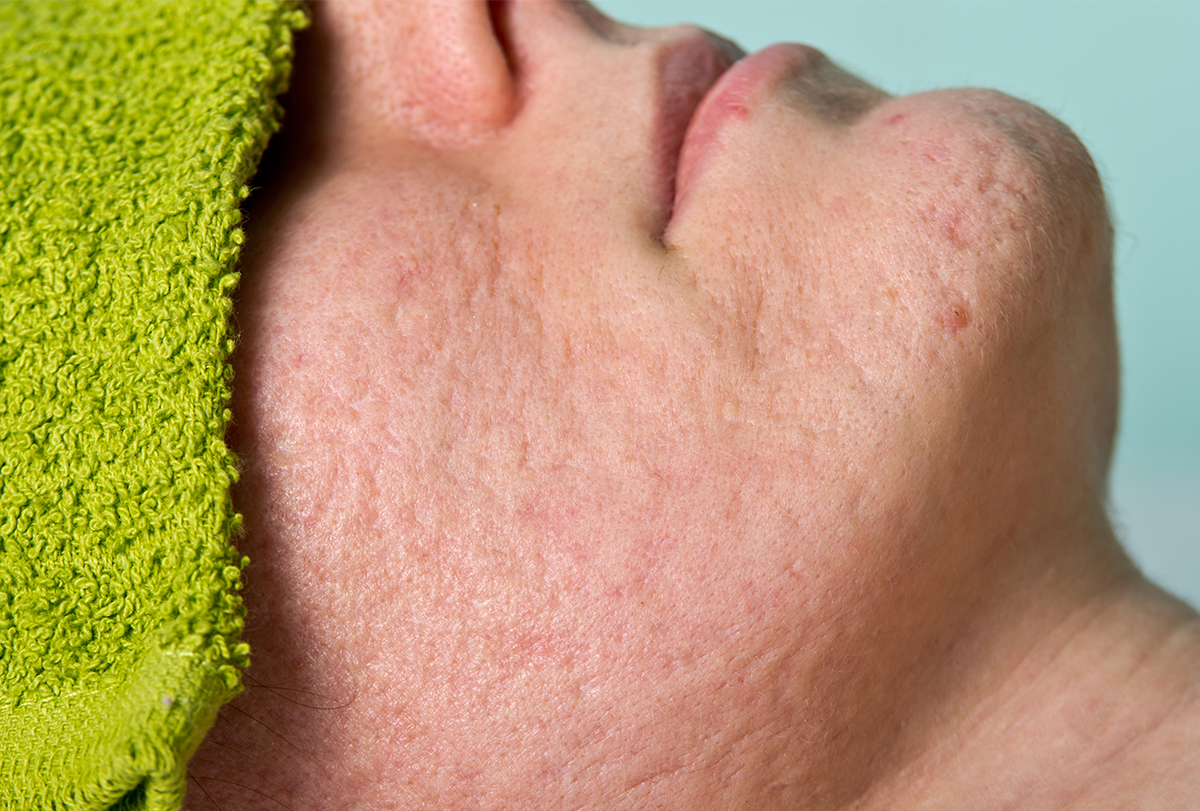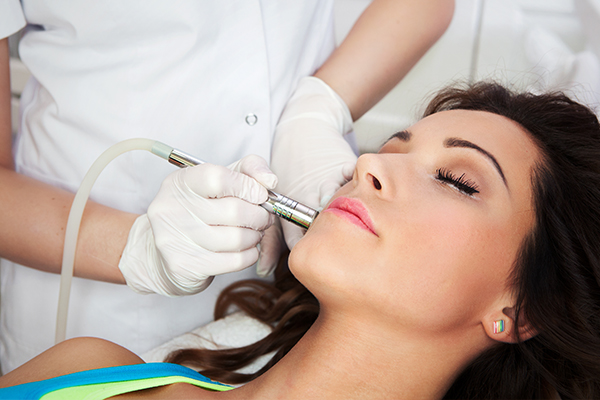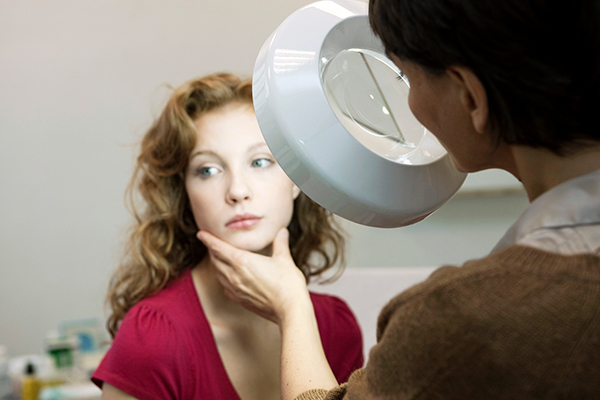In this article:
The skin, which is the largest organ of the body, plays diverse roles in the human body and has a quite complex structure.

It contains many types of pores that contain hair follicles and sebaceous glands. (1) These pores allow the skin to breathe and produce sweat and oils. It also helps detoxify and cool down the body.
At times, the pores may enlarge and become noticeable, especially on the face. This can occur due to the accumulation of dirt, oil, and dead cells in the pores. Therefore, keeping your skin clean and dirt-free can help diminish the appearance of open pores, making the skin look healthier.
Types of Open Pores
Open pores can be classified into the following three types:
- O-shaped pores – These round pores generally appear on your T-zone, especially if you have oily skin or acne.
- U-shaped pores – These pores are common among people with dry, dehydrated skin. They may be managed to some extent with moisturizing creams.
- Y-shaped pores – Commonly found on the cheeks, these pores are water drop shaped and generally occur due to reduced collagen production as a result of aging.
Causes of Open Pores

Various factors influence the enlargement of pores, including:
- Sunlight: Exposure to sunlight can damage the collagen in your skin, resulting in reduced elasticity and thus enlarged pores.
- Genetics: Some people have a tendency of having open pores running in the family.
- Age: As age increases, the production of collagen and elastin lowers, causing skin stretching and pores.
- Sebum production: Excessive oil and sweat production in the skin pores can cause them to enlarge in size. (2)
- Facial products: Products that are heavy on the face can clog pores, reduce elasticity, and thus create open pores. These include excessive oil-based makeup and certain scrubs.
- Hygiene: Not cleansing your face regularly can lead to clogging up of pores, making them more visible.
- Hormones: At times, hormonal changes may cause excessive oil secretion, leading to open pores.
- Improper diet: A diet consisting of fried foods can stimulate serum production.
- Smoking: The chemical residue from cigarette smoke can build up inside your skin pores.
Symptoms of Open Pores
Open pores are easily visible on the skin, especially on the chin, forehead, and nose. They may also cause:
- A wider appearance of the nose
- Blackheads
- Visible dirt and oil on the face
Medical Treatment for Open Pores

The medical treatment for open pores focuses on prevention and shrinking of the pores. However, they may not be effective in all cases.
1. Topical treatments
This includes the use of vitamin C, carnitine, retinoids, and nicotinamide.
2. Oral treatments
The following oral treatments are generally used for acne control, but they may also help diminish pores by controlling oil production:
- Birth control pills. Estrogen-containing pills can help lower oil production by curbing the effects of androgens. (3)
- Oral antibiotics. Antibiotics clear bacteria in the pores that cause inflammation and redness. Your doctor may recommend benzoyl period creams along with antibiotics to prevent antibiotic resistance. (4)
- Spironolactone. This is a type of hormone pill that can help by shrinking the sebaceous glands. However, these can only be used by women.
- Isotretinoin. This is a retinoid-based pill that helps control oil production and kills microbes present in the pores. Pregnant women should avoid isotretinoin as it can cause birth defects.
3. Dermatological procedures
The following methods act on the sebaceous glands to help control open pores:
- Laser treatment. This type of treatment helps in the formation of new collagen fibers in case of loss of skin elasticity. It is observed that 3–6 laser treatments can help shrink enlarged pores. (5)
- Chemical peels. This involves the use of salicylic acid, malice acid, glycolic acid, or lactic acid on the skin. (6) These chemicals help remove the top damaged and dead skin layer, thus enabling the growth of new skin cells.
- Radiofrequency microneedling (skin needling). The skin is punctured with microneedles to help stimulate collagen production and wound healing, thus tightening the skin.
- Vampire facelift. Also known as platelet-rich plasma (PRP) facelift or PRP treatment for the face and involves taking your blood, extracting plasma from it, and then re-injecting the plasma into your face to shrink the pores and rejuvenate the skin. Plasma contains stem cells, which build fresh collagen and fatty tissue as well as brand new blood vessels once inside the body.
Diagnosing the Cause of Open Pores

Inadequate skin care is a common culprit behind open pores, but many other factors can contribute to this problem.
Your doctor can easily diagnose the problem of open pores through a physical exam of the skin, especially the face. The following factors are noted to help determine the severity of the pores:
- Size
- Location
- Area covered
- Density
To help determine the cause of the open pores, the dermatologist may ask about your family and medical history, hormonal health, and lifestyle habits.
When to See a Doctor
While open pores are rarely a medical concern, you may consult a dermatologist if you are bothered about their appearance.
Moreover, it is vital to consult a doctor if the open pores are accompanied by acne or skin infection or you notice an increase in the pore size, density, or distribution.
Final Word
The skin has numerous pores that contain the sebaceous glands and hair follicles. Some of these pores may dilate and become visible on the skin surface, known as open pores.
The easiest way to tackle these pores is to keep your skin clean, nourished, and healthy. You can also try topical or oral medications to help shrink the pores and make them less noticeable.

- Was this article helpful?
- YES, THANKS!NOT REALLY


